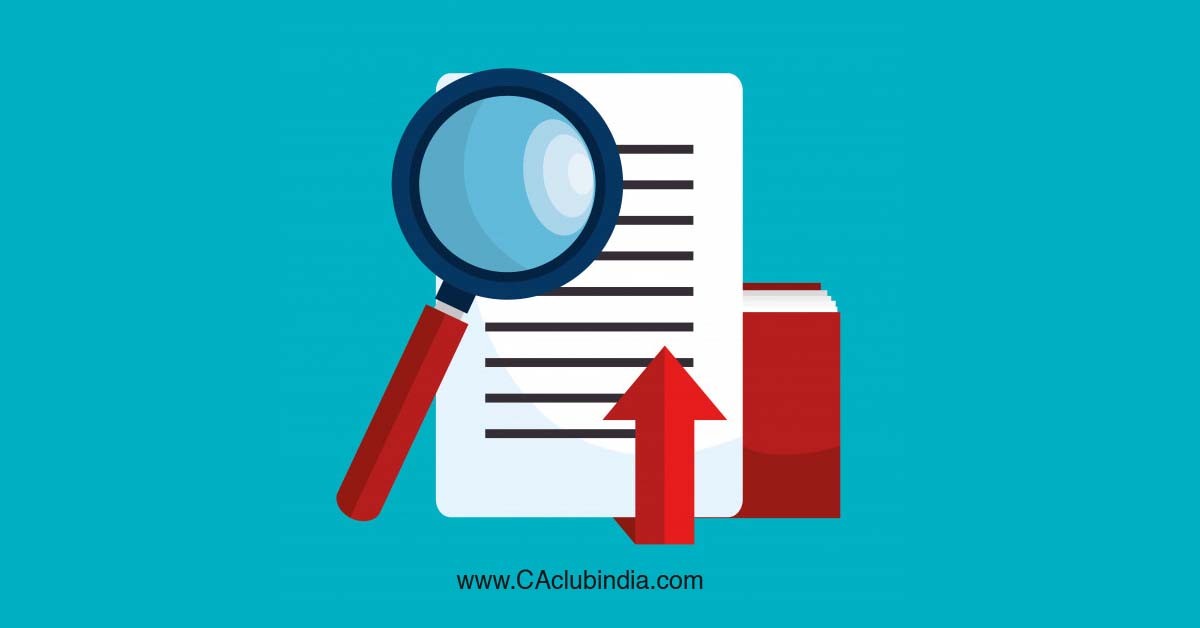If you have already filed your Income Tax Return (ITR) but made a payment after filing, there are steps you can take to rectify the situation
1. Wait for intimation
When you file your ITR and make the payment afterward, the tax authorities may send you an intimation notice regarding the discrepancy between the tax paid and the tax liability. This notice will inform you of the additional tax demand, as you mentioned in your case.

2. Verify the demand
Carefully review the intimation notice to ensure that the demand raised is accurate. Confirm that the tax paid has been appropriately considered. Verify the details mentioned in the notice with your records.
3. Reconcile the tax payment
If you have proof of the tax payment, such as a challan or acknowledgment receipt, gather all the relevant documents to support your claim. Calculate the correct tax liability, taking into account the payment you made.
4. Respond to the intimation
The intimation notice will provide instructions on how to respond. Typically, you will need to login to the income tax e-filing portal and navigate to the "Response to Outstanding Tax Demand" section. Select the appropriate option (e.g., "Agree" or "Disagree") and provide the necessary details and documents.
5. Provide supporting documents
Upload the supporting documents, such as the payment challan and any other relevant documents requested by the tax authorities, to substantiate your claim of having paid the correct tax amount.
6. Follow up
After submitting your response, regularly check the income tax e-filing portal for updates. The tax authorities will review your response and supporting documents. If they find your claim valid, they will update the tax demand accordingly. In case of any further queries or actions required, they may contact you.
It is advisable to consult with a qualified tax professional or seek guidance from your local tax authority to ensure you follow the correct procedure in your jurisdiction.








 CAclubindia
CAclubindia

